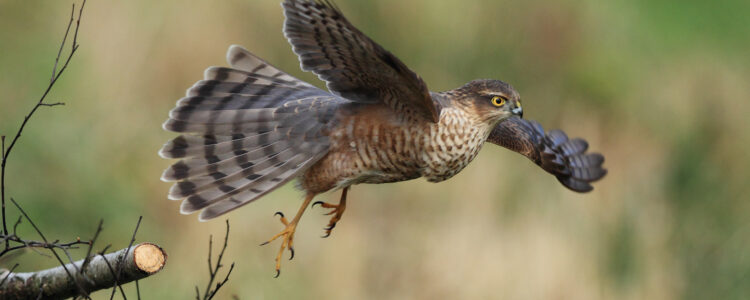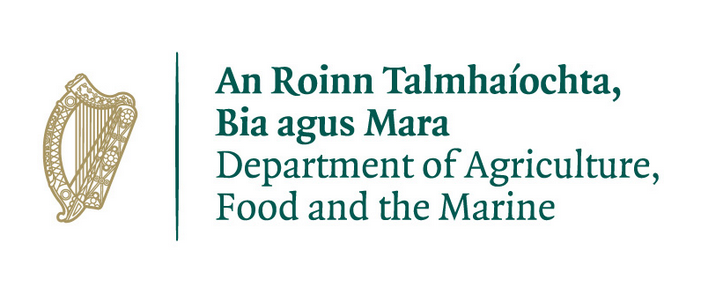
Birds of Prey
Adult Bird > Common Conditions > Birds of Prey
DISEASES
Canker / Frounce or Trichomoniasis – caused by a flagellate protozoan; Trichomonas gallinae
Clinical signs – white, yellow or brown caseous lesions in the throat, crop, oesophagus and roof of the mouth, upper respiratory tract and eye orbits. Thick saliva, fetid smell, emaciation, respiratory distress
Diagnosis – clinical signs, examine caseous material for motile flagellates
Treatment – fluid therapy, gavage with liquid nutrition and treat with carnidazole
Comments – mainly collard doves, pigeons and birds of prey. Transmitted by direct contact
Avian pox – viral infection
Clinical signs –commonly dry form; brown scabbing lesions on beak, feet, wing edges or cere (fleshy swelling found on the beaks of certain birds, contains the nares)
Diagnostics – normally suspected on clinical signs
Treatment – isolation as contagious, self limiting
Comments – mainly birds of prey, pigeons and passerines (perching / song birds)
Bumblefoot (ulcerative pododermatitis) bacterial infection
Clinical signs – shiny red patch, ulcerated looking, distortion of the foot
Diagnosis – clinical signs and process of elimination
Treatment – husbandry, haemorrhoid cream, antibiotics
Comments – can be caused by inappropriate perching whilst in rehabilitation. In the wild can be due to excess pressure on the leg after injury to the other leg
Aspergillosis – fungal infection
Clinical signs – weight loss, emaciation, wheezing, open mouthed breathing, fluffed up, moist rales
Diagnostics – haematology may suggest chronic infection, radiography may show opacities in the airsacs, fungal plaques seen on endoscopy
Treatment –itraconazole +/- nebulisation with clotrimazole or F10 disinfectant
Comments – mainly water birds, sea birds, birds of prey, pigeons.
Clinical signs often appear too late so prophylactic treatment of high risk species recommended.
Often triggered by stress of captivity, especially when debilitated.
NEVER use straw or hay for bedding.
TRAUMA
Road traffic accidents
Clinical signs – fractures, concussion, head tilt, eye injuries
Diagnosis – radiography
Treatment –depending on wounds sustained, concussion treat as for head injuries
Comments – common cause of injury/death in barn owls. Owls, but not diurnal birds of prey, can be released with only one eye
Entanglement
Clinical signs – wounds, lacerations, damage to wing from barbed wire or other fencing
Diagnosis – clinical signs
Treatment – intrasite gel
Comments – monitor for at least a week for signs of pressure necrosis even if no serious injury. Mainly Tawny and little owls
PARASITES
Capillariasis
Clinical signs – emaciated, chronic gastroenteritis
Diagnosis – faecal sample
Treatment – ivermectin
Comments – ivermectin good treatment for most parasites
Gapeworm – Syngamus trachea nematode worm
Clinical signs – open mouthed breathing, respiratory distress, moist rales from the glottis, visual identification of the worm in the opening of the trachea
Diagnostics – faecal sample xxx
Treatment – fenbendazole or thiabendazole
Comments – affects all birds. Infects via intermediate host; slug, snail, beetle or earthworm
OTHER
Orphan
Clinical signs – fledgling or nestling alone on the ground
Diagnosis – history
Treatment – needs rescue, birds of prey will not risk coming to feed it on the ground
Comments – mainly Tawny owls
Starvation
Clinical signs – underweight, prominent keel
Diagnosis – clinical signs and process of elimination
Treatment – slowly wean the bird back onto solid food over period of weeks
Comments – feeding as normal immediately could kill; start on convalescent diet
Suggested treatment for starvation:
Assume 10% dehydration, replace fluid loss over 2 days
Iron Dextran, B Vits, Baytril
After 24hrs provide liquid nutrition via gavage e.g. Poly-Aid, Ensure
Introduce mice over period of 2 weeks, initially chopped, then crushed, then opened, then intact
Metabolic Bone Disease (MBD) – calcium, phosphorus and vitamin D imbalance
Clinical signs – bent or curved long bones, soft beak
Treatment – calcium supplement tablets then calcium/phosphorus powder, administered on their food (Pet-Cal tablets, Stress calcium/phosp supplement)
Comments – mainly pigeons, birds of prey, corvids and collared doves. Often disease progressed too far to be reversed when found in adult birds
Feather damage
Must be perfect for release
Tape thick card around tail feathers to prevent damage whilst in rehabilitation
Never use cloth tape or very sticky tape on feathers
‘Imping’ can temporarily fix a broken feather enabling release earlier than the next moult
Glue can temporarily fix a bent wing
Pluck burnt feathers under GA
